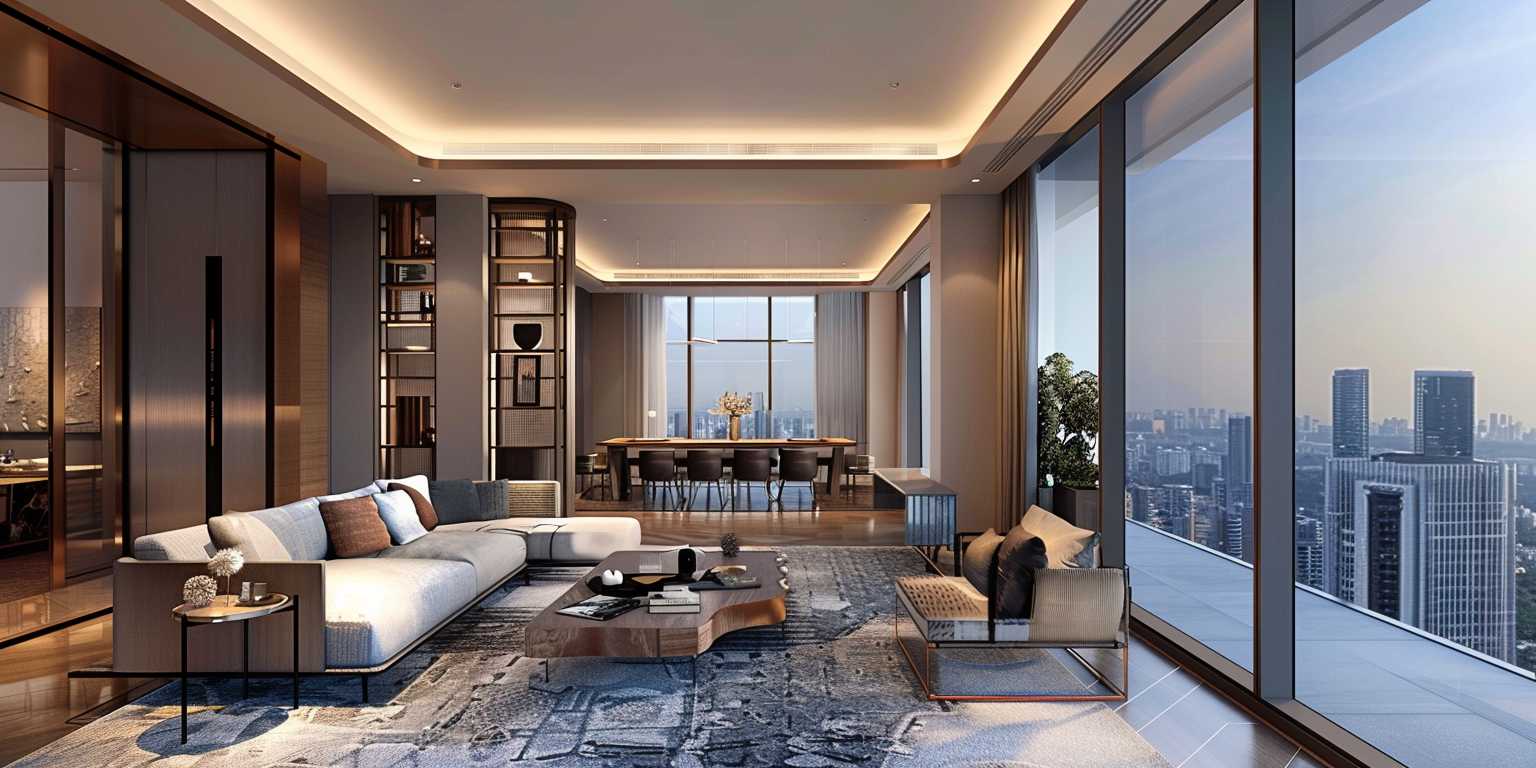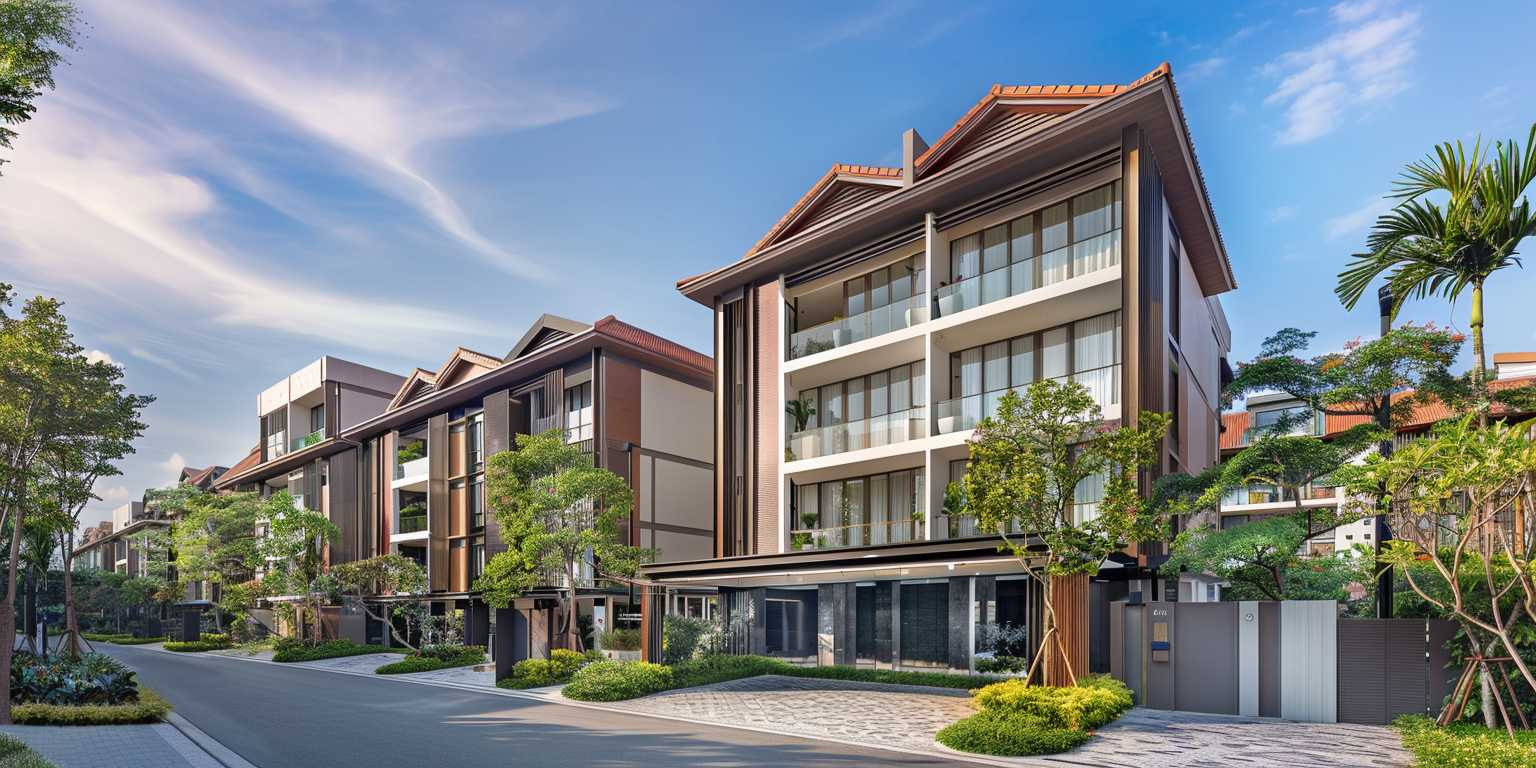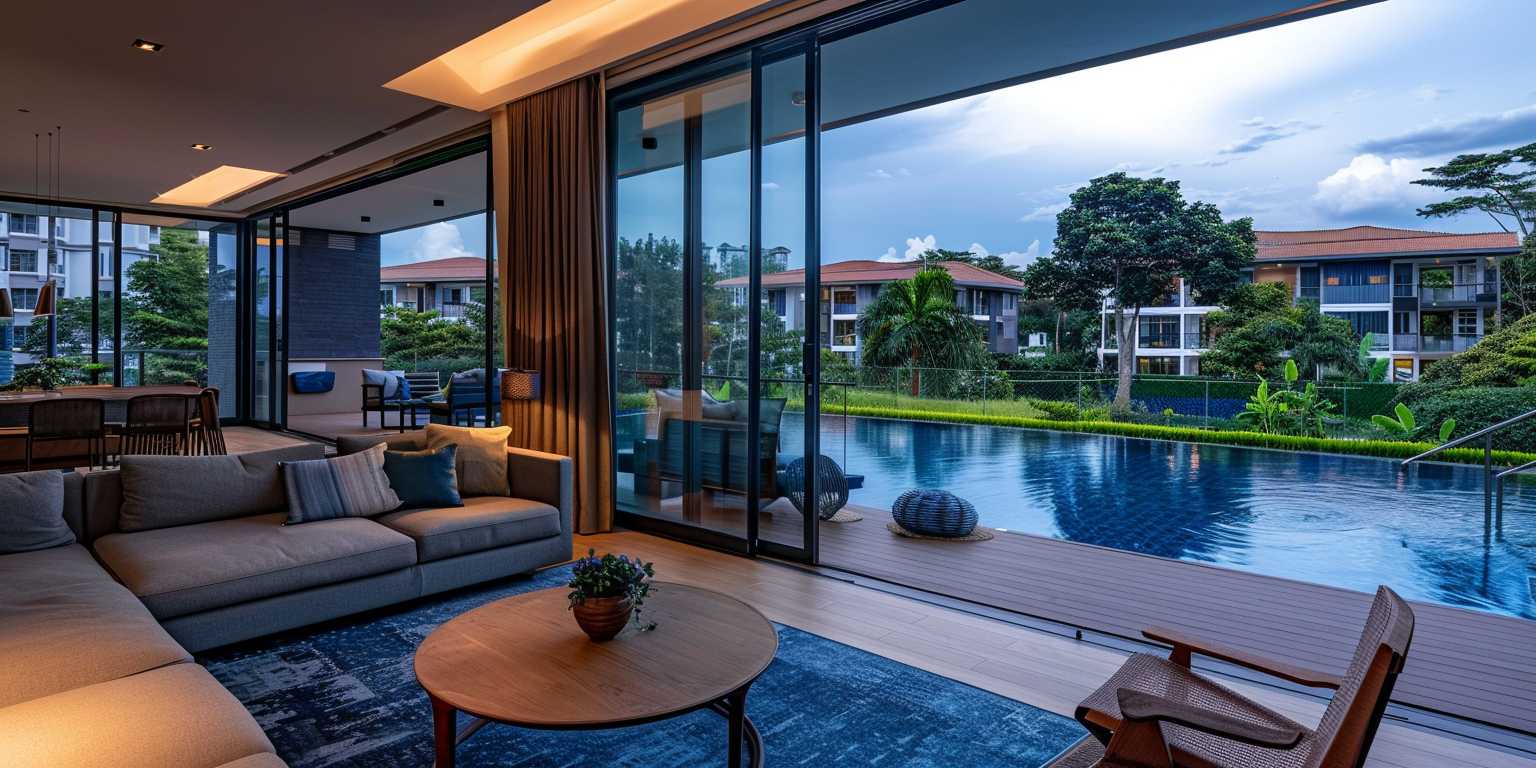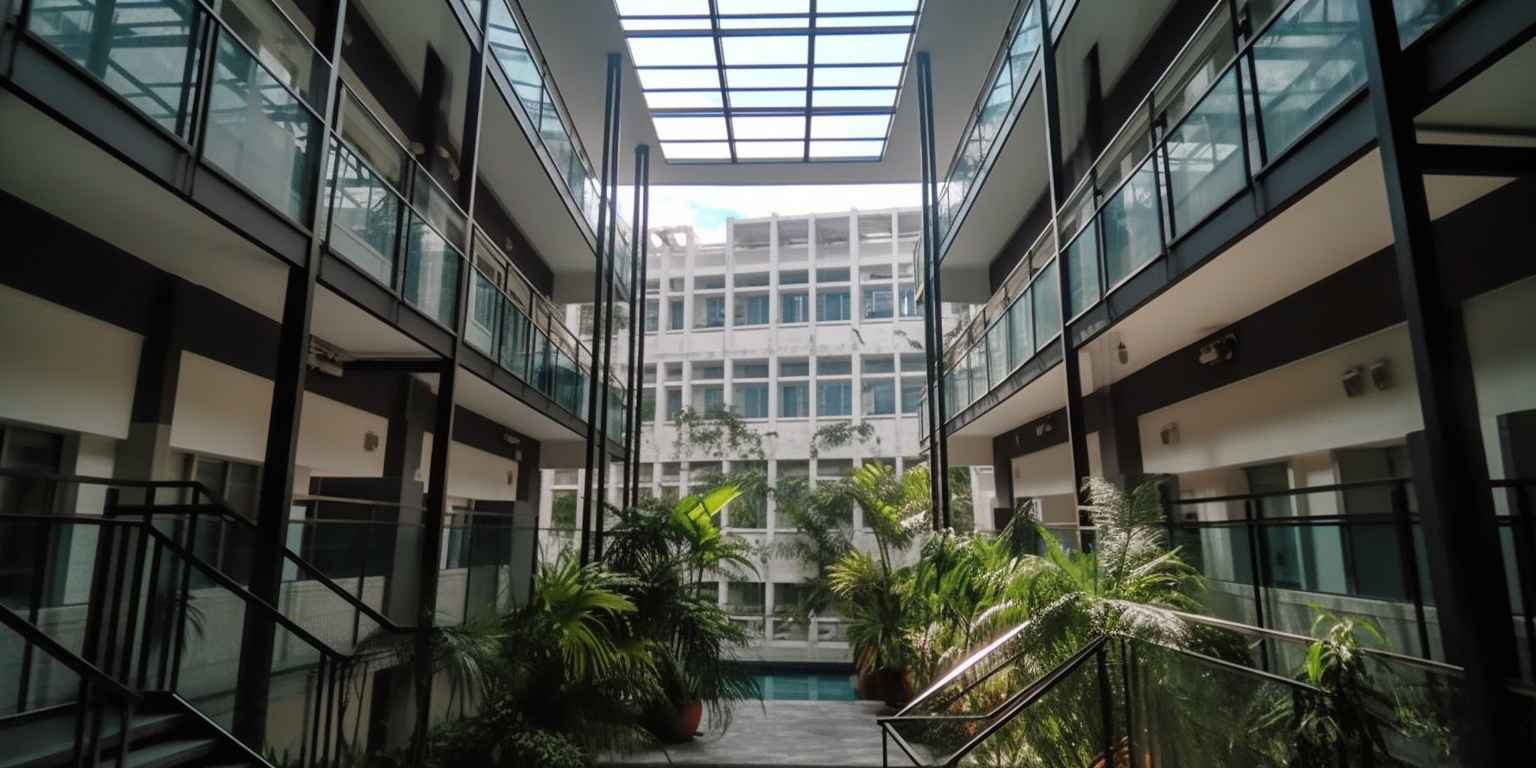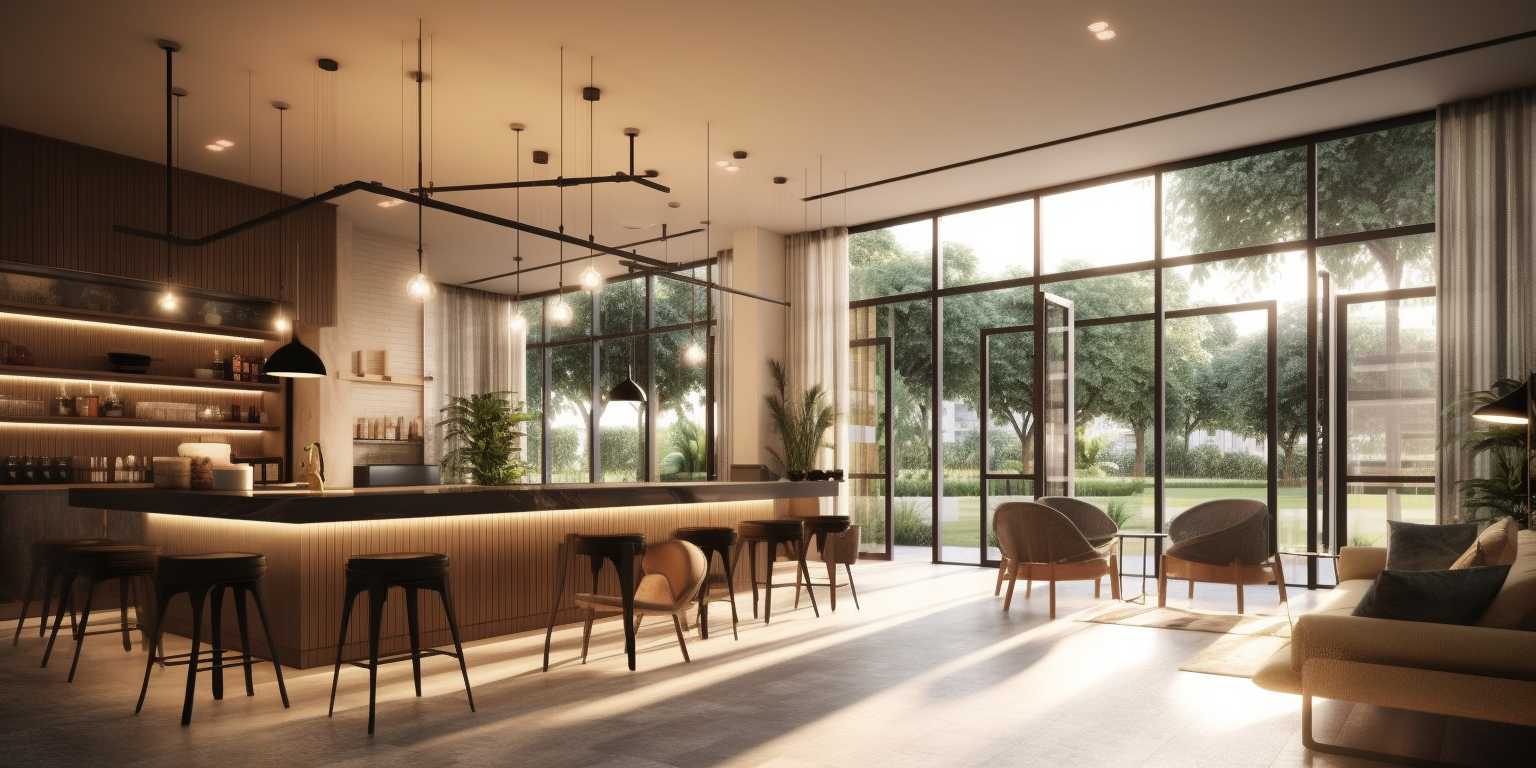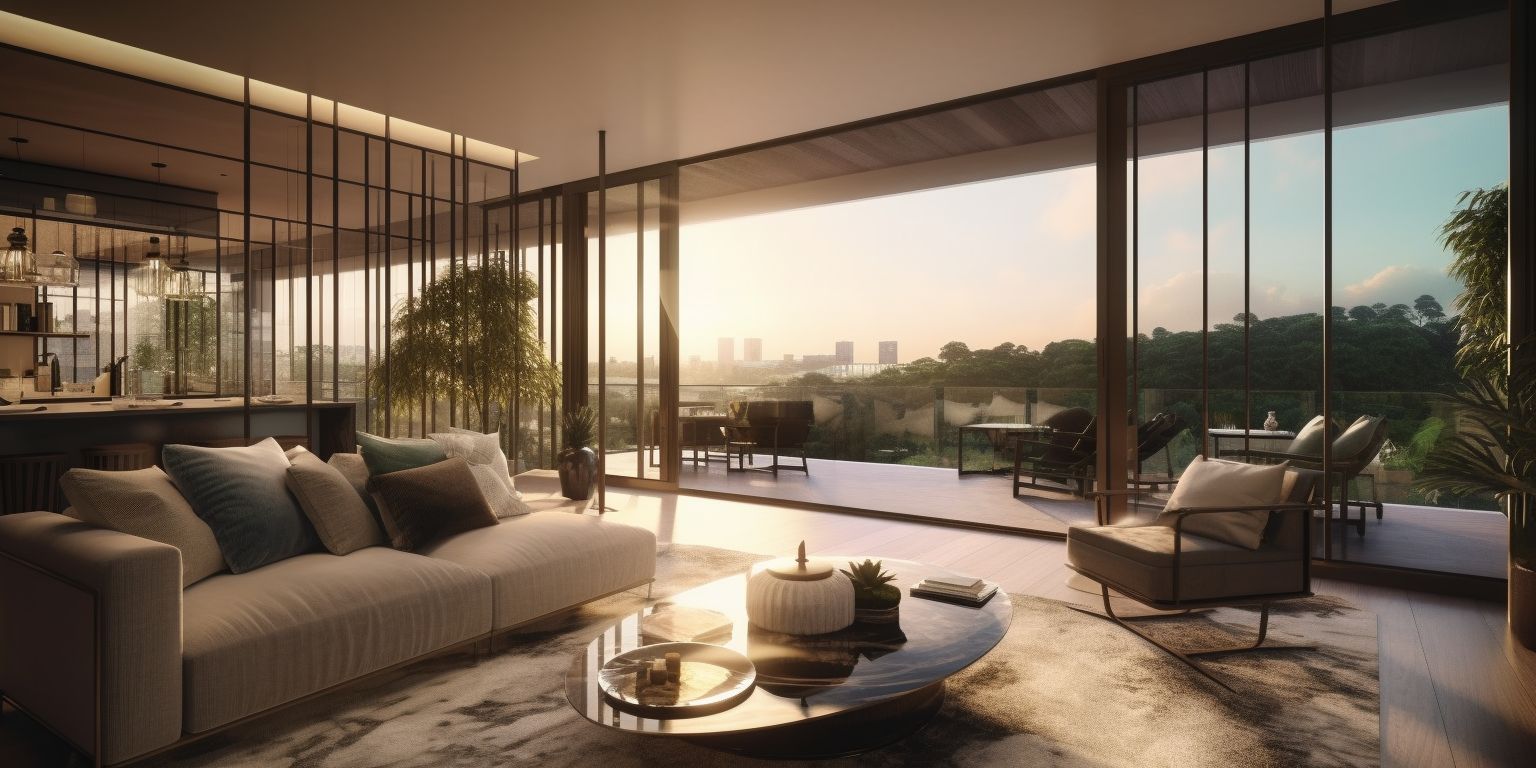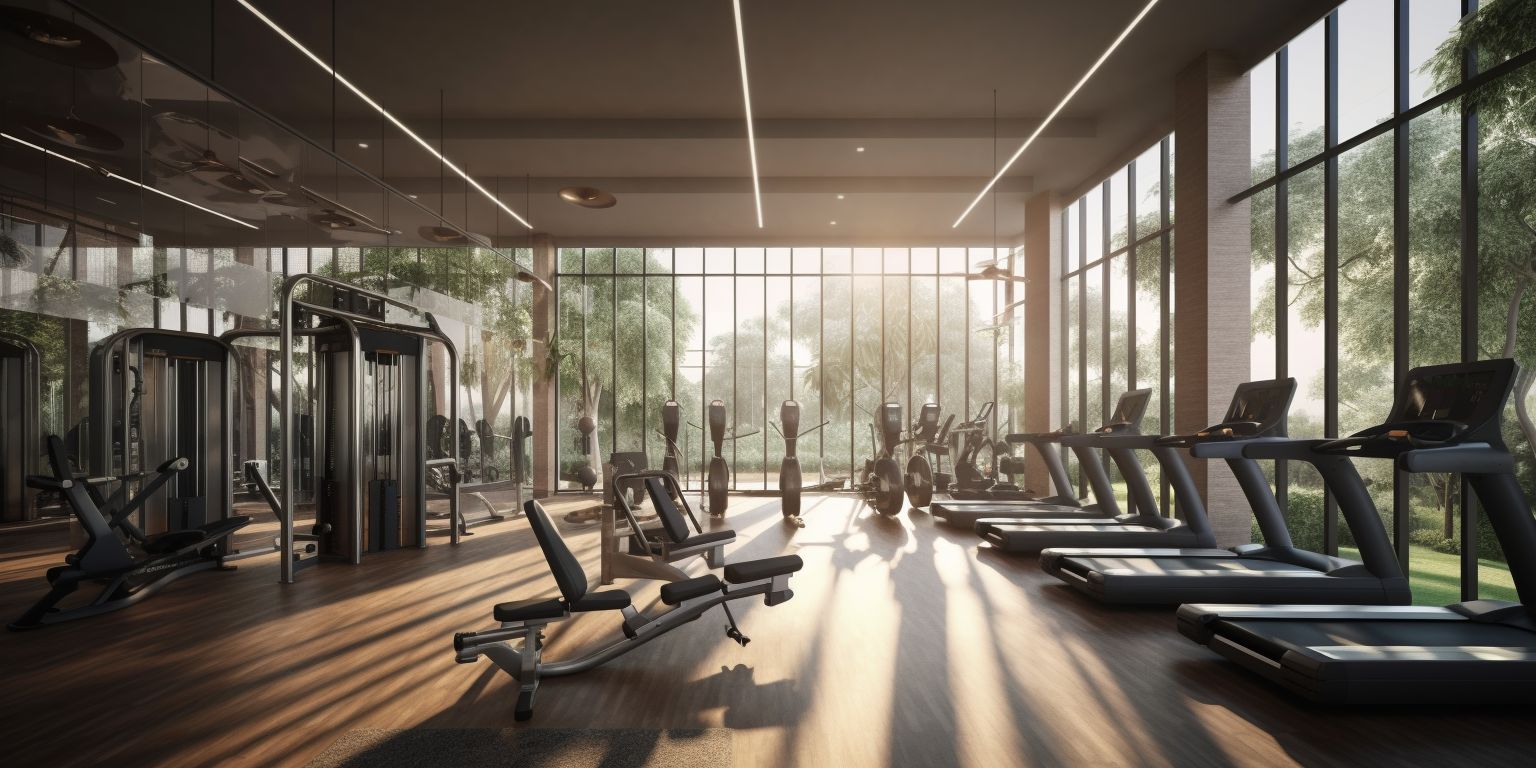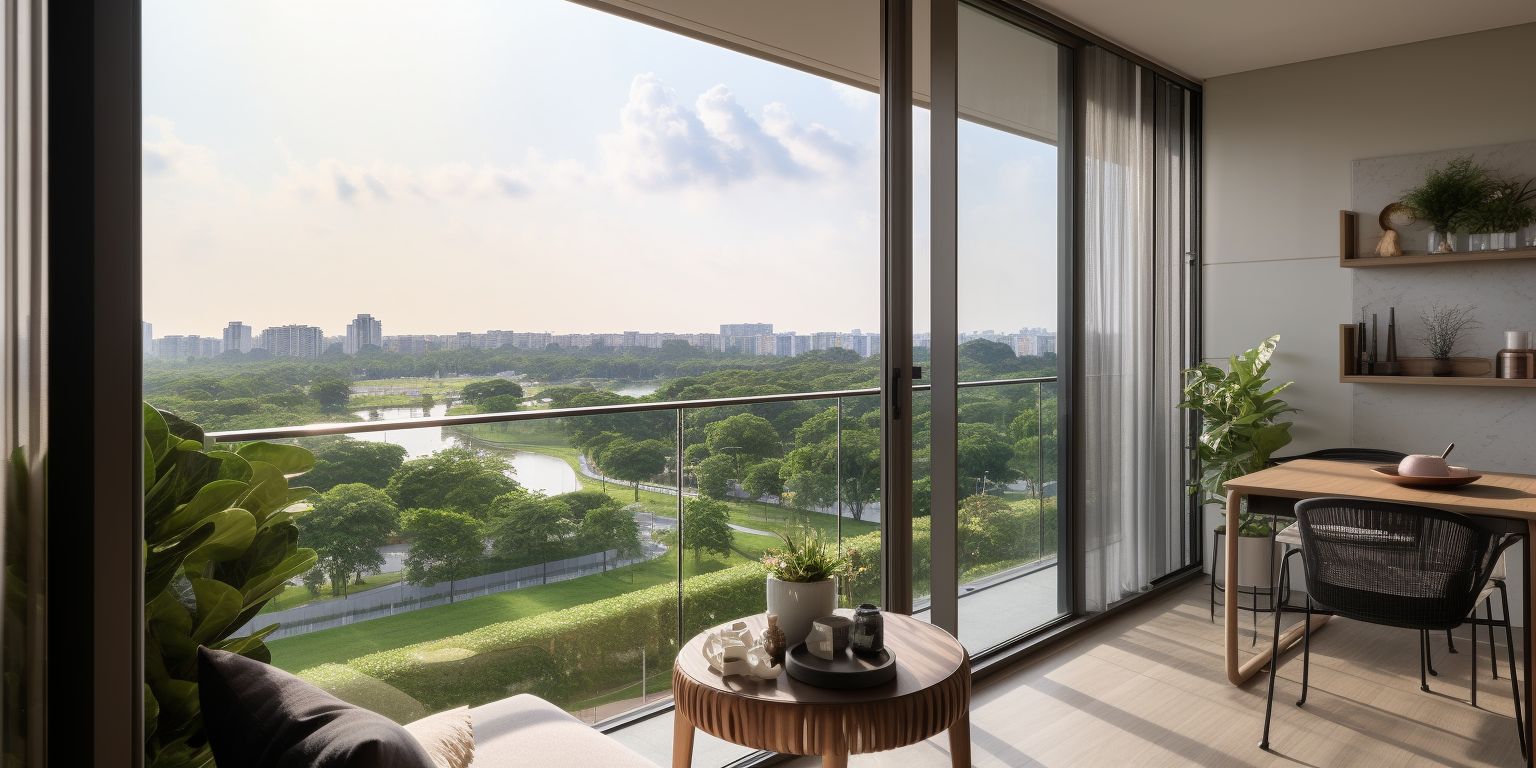When investing in the real estate market of Singapore, it is crucial for foreign investors to be well-versed in the regulations and limitations that apply to property ownership. In general, purchasing condominiums in Singapore is less restricted for foreigners compared to owning landed properties, which have stricter ownership guidelines. However, foreign buyers are still subject to the Additional Buyer’s Stamp Duty (ABSD), currently set at 20% for their first property purchase. Despite this additional cost, the stability and potential for growth in the Singapore real estate market continues to attract foreign investment.
When it comes to investing in Singapore’s property market, foreigners must be well-informed of the laws and limitations in place. While condos are a more lenient option for foreign ownership, purchasing landed properties is subject to more stringent rules. One important consideration for foreign buyers is the additional buyer’s stamp duty (ABSD), which currently stands at 20% for first-time property purchasers. Despite the extra costs, the steady growth and stability of the Singapore real estate market make it a sought-after investment destination for foreign investors. Therefore, it is imperative for foreign buyers to conduct thorough research and follow all legal requirements to ensure a seamless and lawful property acquisition in Singapore.
Another advantage of investing in condos is the potential to utilize the property’s value for future investments. Numerous investors use their condos as security to secure further funds for new ventures, consequently broadening their real estate portfolio. While this tactic can amplify profits, it is essential to have a solid financial strategy and take into account the potential implications of market volatilities.
Another advantage of marble benchtops is their low maintenance requirements. Unlike other materials that require frequent and specialized cleaning, marble is relatively easy to maintain. Regularly wiping it down with a mild soap and water solution is enough to keep it clean and free from any spills or stains. It is important to note, however, that marble is a porous material, so it is susceptible to staining if not sealed properly.
One of the biggest advantages of marble benchtops is its aesthetic appeal. The luxurious and elegant look of marble instantly elevates the overall appearance of a kitchen or bathroom. Its natural beauty and unique veining make it a statement piece that can become the focal point of the room. Additionally, marble comes in a variety of colors and patterns, giving homeowners the opportunity to choose a style that best suits their personal taste and the overall theme of their space.
Another aspect to consider when it comes to marble benchtops is the environmental impact. Marble is a natural stone, which means that it must be mined and extracted from the Earth. This process can be harmful to the environment and can contribute to air and water pollution. Moreover, the transportation and manufacturing of marble also have a carbon footprint, making it a less environmentally friendly option compared to other materials.
Aside from its stunning appearance, marble benchtops are also highly durable. As a natural stone, marble is heat and scratch-resistant, making it perfect for kitchen use. It can withstand the impact of pots and pans, as well as the heat from hot pots and pans placed directly on its surface. This durability also makes marble a long-term investment as it can last for years with proper care. It is essential to seal marble benchtops regularly to protect them from staining and etching.
In conclusion, marble benchtops have a timeless and elegant appeal that makes it a highly desirable material for many homeowners. Its durability and low maintenance requirements also make it a practical choice for kitchen and bathroom use. However, its high cost, susceptibility to staining and etching, and environmental impact may deter some from choosing it. Ultimately, the decision to use marble benchtops in a home renovation comes down to personal preference and budget. Regardless, its undeniable beauty and durability make it a valuable addition to any home’s interior design.
As such, it is crucial for foreign investors to thoroughly research and comply with all necessary regulations to ensure a smooth and lawful property acquisition process in Singapore.
In addition, marble benchtops require regular maintenance, which can be another potential downside for some homeowners. While wiping it down with a mild soap solution may seem like a simple task, it is still an extra step in one’s cleaning routine. Moreover, marble benchtops may also require professional sealing every few years, which adds to the overall maintenance cost.
Another potential drawback of marble benchtops is their vulnerability to etching and staining. As mentioned earlier, marble is a porous material, which means that it can absorb liquids and acids that can cause discoloration and etching on its surface. This includes acidic substances like lemon juice, vinegar, or wine. While sealing helps protect marble from staining, it is not entirely foolproof, and accidents can still happen.
When it comes to home design and renovation, one of the most sought-after features is a stunning marble benchtop. This luxurious and elegant addition to any kitchen or bathroom has been a staple in interior design for centuries. However, as with any material, there are pros and cons to consider before investing in marble benchtops. In this comprehensive guide, we will explore the various aspects of using marble benchtops in your home, from its benefits to its potential drawbacks.
While marble benchtops have many benefits, there are also potential drawbacks to consider. One of the main disadvantages is its price. Due to its rarity and the labor-intensive process of mining and extracting it, marble can be quite expensive. The cost of installing marble benchtops may not be within everyone’s budget, making it a less feasible option for some homeowners.
First and foremost, marble is a natural stone known for its beauty and durability. It is formed from limestone that has been subjected to intense heat and pressure, giving it a unique veined pattern that adds character and charm to any space. This timeless material has been used in ancient architecture, such as the Greek and Roman temples, and has stood the test of time, making it a valuable addition to any home.












